Integration with IoT and Big Data
The integration of printed electronics with Internet of Things (IoT) and big data analytics is transforming the Printed Electronics in Healthcare Market. This convergence allows for the collection and analysis of vast amounts of health data, facilitating improved patient care and operational efficiency. For example, smart medical devices equipped with printed sensors can transmit real-time data to healthcare providers, enabling timely interventions. The market for IoT in healthcare is expected to grow significantly, with estimates suggesting it could reach 200 billion USD by 2025. This integration not only enhances the functionality of healthcare devices but also supports the development of predictive analytics, thereby driving the Printed Electronics in Healthcare Market forward.
Advancements in Wearable Technology
The Printed Electronics in Healthcare Market is experiencing a surge due to advancements in wearable technology. Devices such as smartwatches and fitness trackers are increasingly incorporating printed electronics, enabling real-time health monitoring. These devices can track vital signs, activity levels, and even provide alerts for irregularities. The market for wearable health devices is projected to reach approximately 60 billion USD by 2026, indicating a robust growth trajectory. This trend is driven by consumer demand for personalized health insights and the convenience of continuous monitoring. As printed electronics enhance the functionality and comfort of wearables, their adoption in healthcare settings is likely to increase, further propelling the Printed Electronics in Healthcare Market.
Cost-Effectiveness of Printed Electronics
Cost-effectiveness is a pivotal driver in the Printed Electronics in Healthcare Market. The production of printed electronics is generally less expensive than traditional electronic manufacturing methods. This reduction in costs allows for the development of affordable healthcare solutions, particularly in low-resource settings. For instance, printed sensors and diagnostic devices can be produced at a fraction of the cost of conventional devices, making them accessible to a broader population. As healthcare systems worldwide strive to reduce expenditures while improving patient outcomes, the adoption of cost-effective printed electronics is likely to gain momentum. This trend not only supports the sustainability of healthcare systems but also enhances the overall reach of the Printed Electronics in Healthcare Market.
Rising Demand for Remote Patient Monitoring
The rising demand for remote patient monitoring is a significant driver in the Printed Electronics in Healthcare Market. As healthcare providers seek to enhance patient engagement and reduce hospital readmissions, remote monitoring solutions are becoming increasingly vital. Printed electronics enable the development of lightweight, flexible sensors that can be easily integrated into everyday items, facilitating continuous health monitoring. The market for remote patient monitoring devices is projected to grow substantially, with estimates indicating it could reach 50 billion USD by 2027. This trend reflects a broader shift towards proactive healthcare management, where printed electronics play a crucial role in enabling real-time data collection and analysis, thereby driving the Printed Electronics in Healthcare Market.
Regulatory Support and Standards Development
Regulatory support and the development of standards are crucial for the growth of the Printed Electronics in Healthcare Market. As printed electronics gain traction in medical applications, regulatory bodies are increasingly establishing guidelines to ensure safety and efficacy. This regulatory framework fosters innovation by providing manufacturers with clear pathways for product development and approval. For instance, the establishment of standards for printed biosensors and diagnostic devices can enhance consumer confidence and encourage investment in this sector. As regulatory environments become more supportive, the Printed Electronics in Healthcare Market is likely to witness accelerated growth, as companies can navigate the complexities of compliance more effectively.


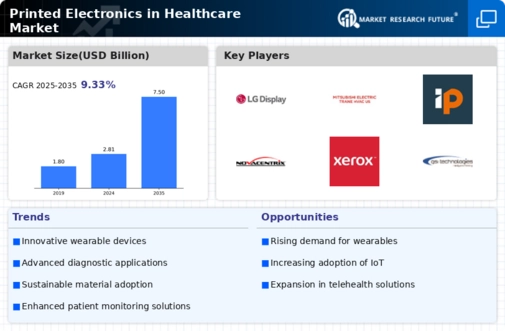
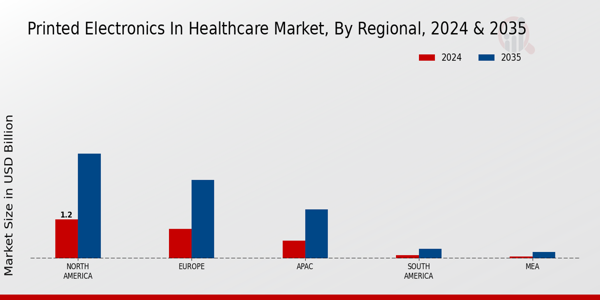
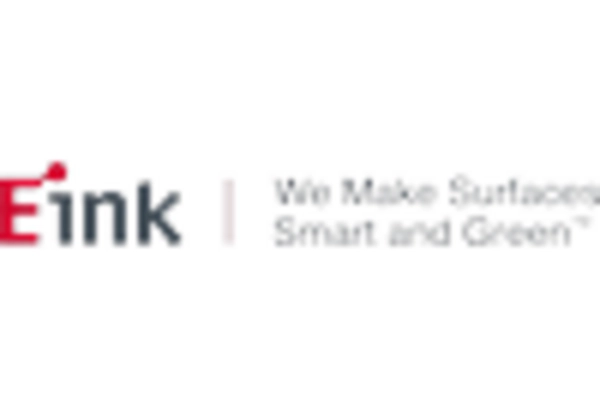
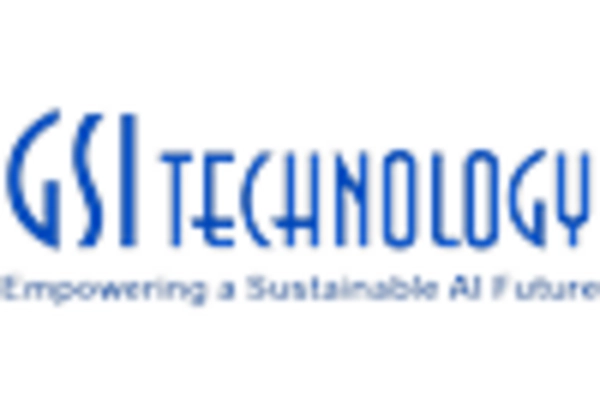

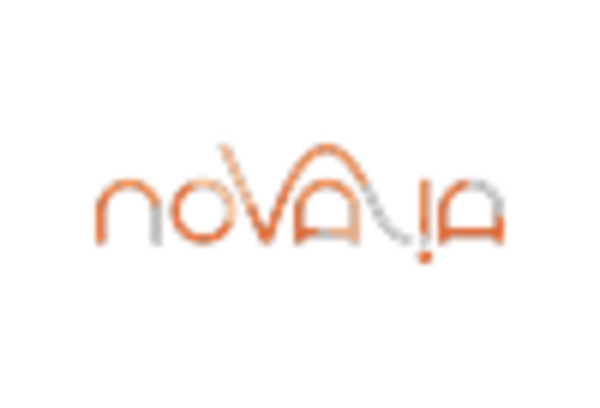

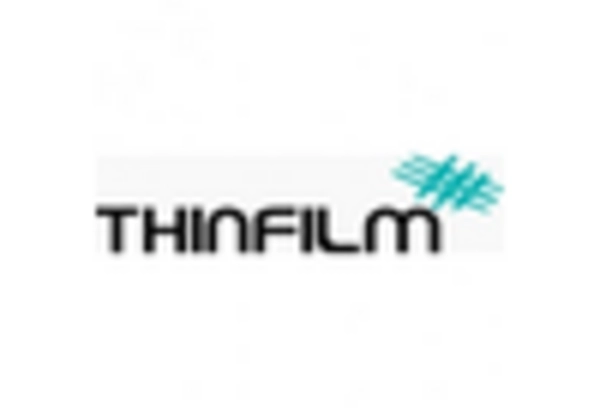








Leave a Comment